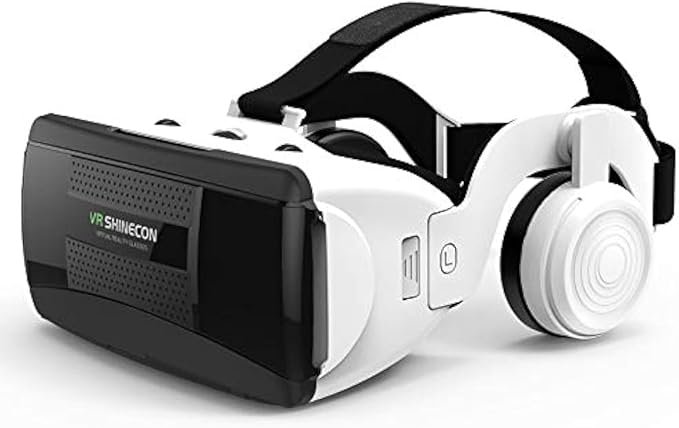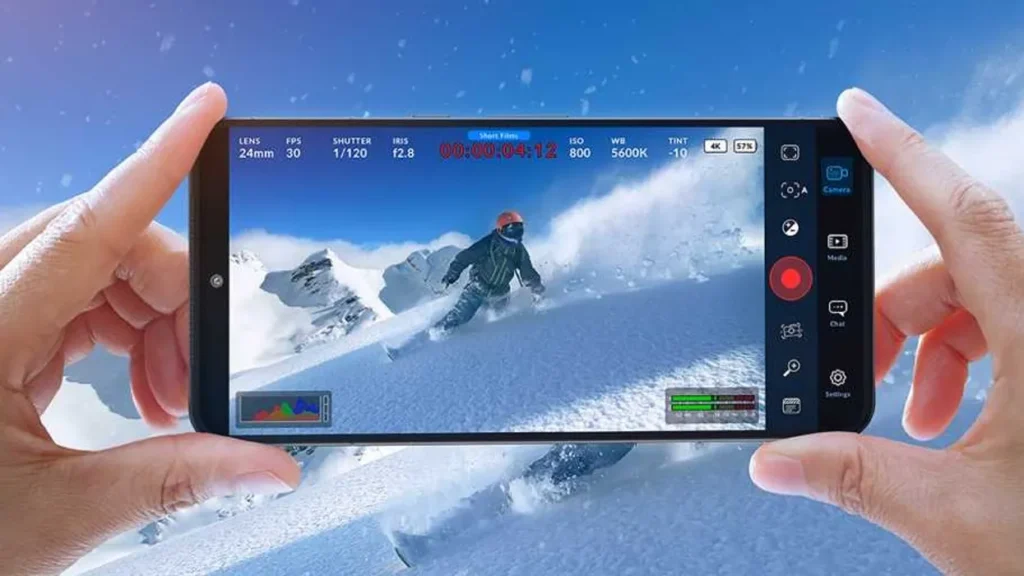Virtual Reality (VR) has evolved from a niche concept into a transformative technology, immersing users in digital environments that feel astonishingly real. By blending advanced sensors, high-resolution displays, and intuitive interactions, VR creates worlds where users can explore, learn, and connect without physical boundaries. Its roots trace back to early simulations, but recent leaps in accessibility and application have positioned Virtual Reality (VR) as a cornerstone of innovation across industries.
Latest Hardware Advancements in Virtual Reality (VR)
Exciting developments in Virtual Reality (VR) hardware are pushing the boundaries of immersion. Samsung’s upcoming XR headset, codenamed Project Moohan, promises enhanced standalone capabilities, integrating seamlessly with mobile ecosystems for broader reach. This device highlights a shift toward more versatile headsets that prioritize user comfort and ecosystem integration. Meanwhile, Meta’s recent demonstrations at industry events showcased refined tracking and rendering tech, despite minor on-stage glitches, underscoring ongoing refinements in live VR interactions.
These innovations make Virtual Reality (VR) more approachable, enabling seamless transitions between real and digital spaces. Expect lighter designs and improved battery life to further democratize access.
Immersive Gaming Experiences with Virtual Reality (VR)
Gaming remains a powerhouse for Virtual Reality (VR), delivering heart-pounding adventures that redefine play. The action-adventure title Arken Age is set to launch on popular platforms, offering epic quests in a richly detailed universe tailored for VR motion controls. Players will wield intuitive gestures to battle foes and solve puzzles, amplifying the thrill of exploration.
Additionally, Resident Evil 4’s new VR mode introduces spine-chilling survival horror with first-person immersion, allowing fans to step into the action like never before. Community events like Dreamhack are adapting too, though some freeplay sessions face changes, reflecting VR’s growing pains in live settings. These titles exemplify how Virtual Reality (VR) elevates storytelling, turning passive viewing into active participation.
VR’s Role in Healthcare and Therapy
Virtual Reality (VR) is making waves in healthcare, offering non-invasive tools for pain management and rehabilitation. Studies show VR therapy significantly reduces chronic pain by distracting patients with calming virtual environments, providing a drug-free alternative. Hospitals are expanding these programs, with patients reporting enhanced mood and mobility through guided sessions.
Festivals and wellness events are also embracing Virtual Reality (VR) for nature immersion, helping urban dwellers reconnect with serene landscapes to combat stress. This therapeutic potential positions VR as a vital ally in mental and physical health, fostering empathy and recovery in innovative ways.
Space Exploration Meets Virtual Reality (VR)
Even space agencies are harnessing Virtual Reality (VR) for groundbreaking applications. NASA plans to deploy VR headsets to the International Space Station, aiding astronauts in maintaining mental well-being through simulated Earth experiences and training simulations. This initiative bridges the gap between isolation and connection, using VR to simulate home comforts amid cosmic challenges.
Such uses highlight Virtual Reality (VR)’s versatility, from earthly therapies to stellar simulations, expanding human horizons.
Conclusion: Embracing the VR Revolution
As Virtual Reality (VR) integrates deeper into daily life, its potential seems limitless—from gaming epics to healing journeys. Staying attuned to these trends ensures we’re not just observers but active participants in this immersive era. What Virtual Reality (VR) adventure will you dive into next








